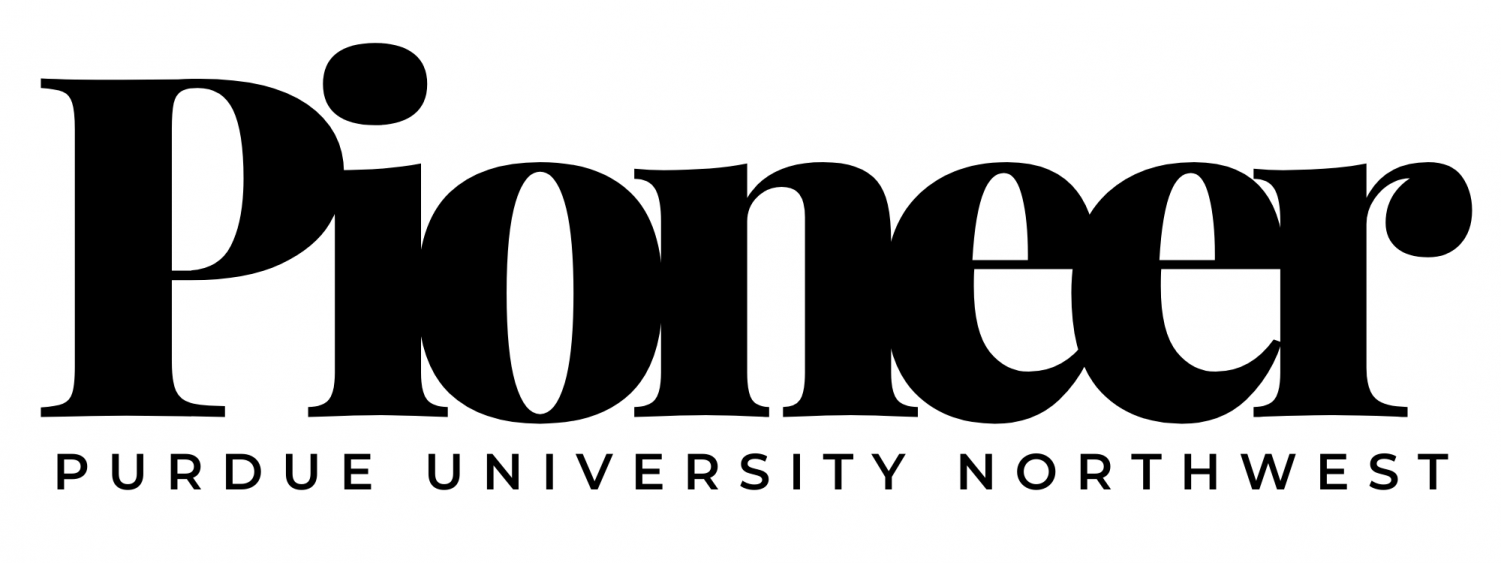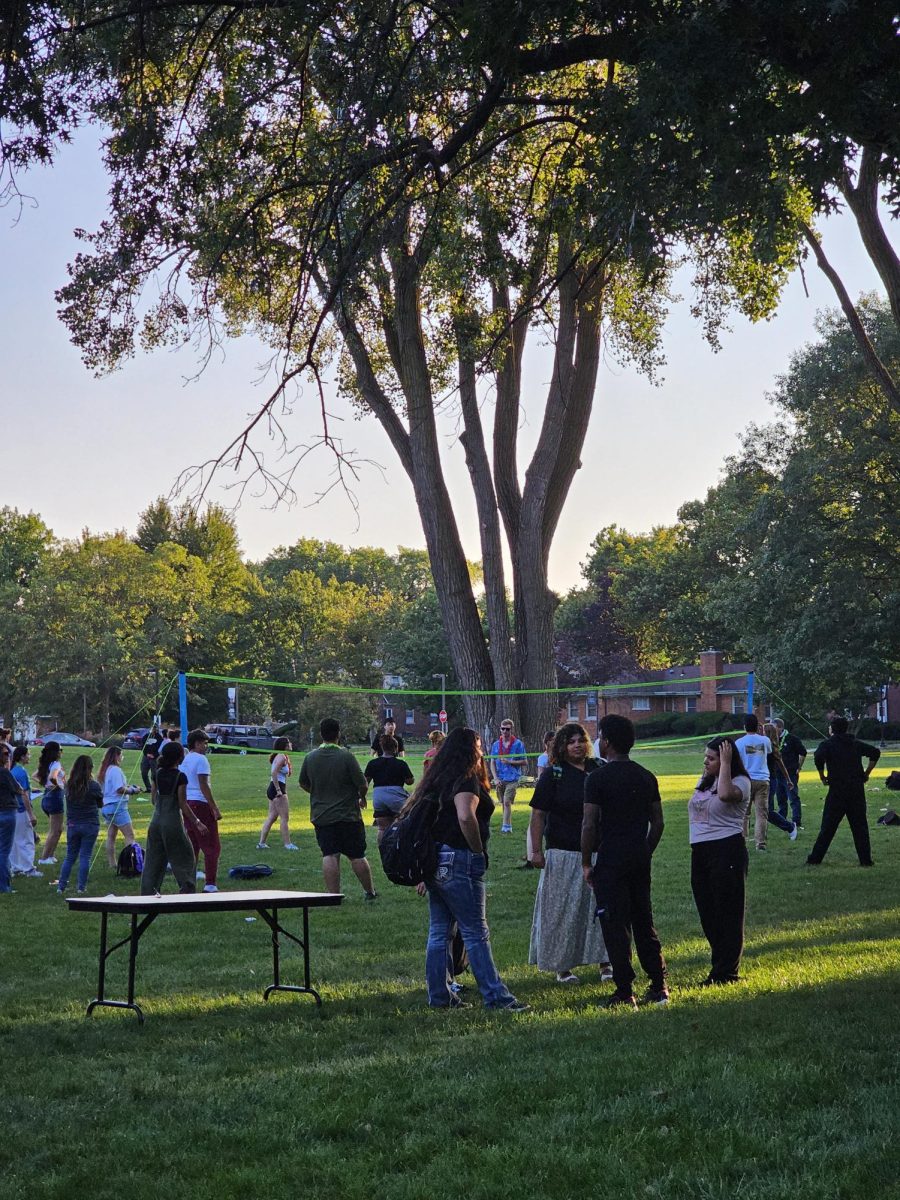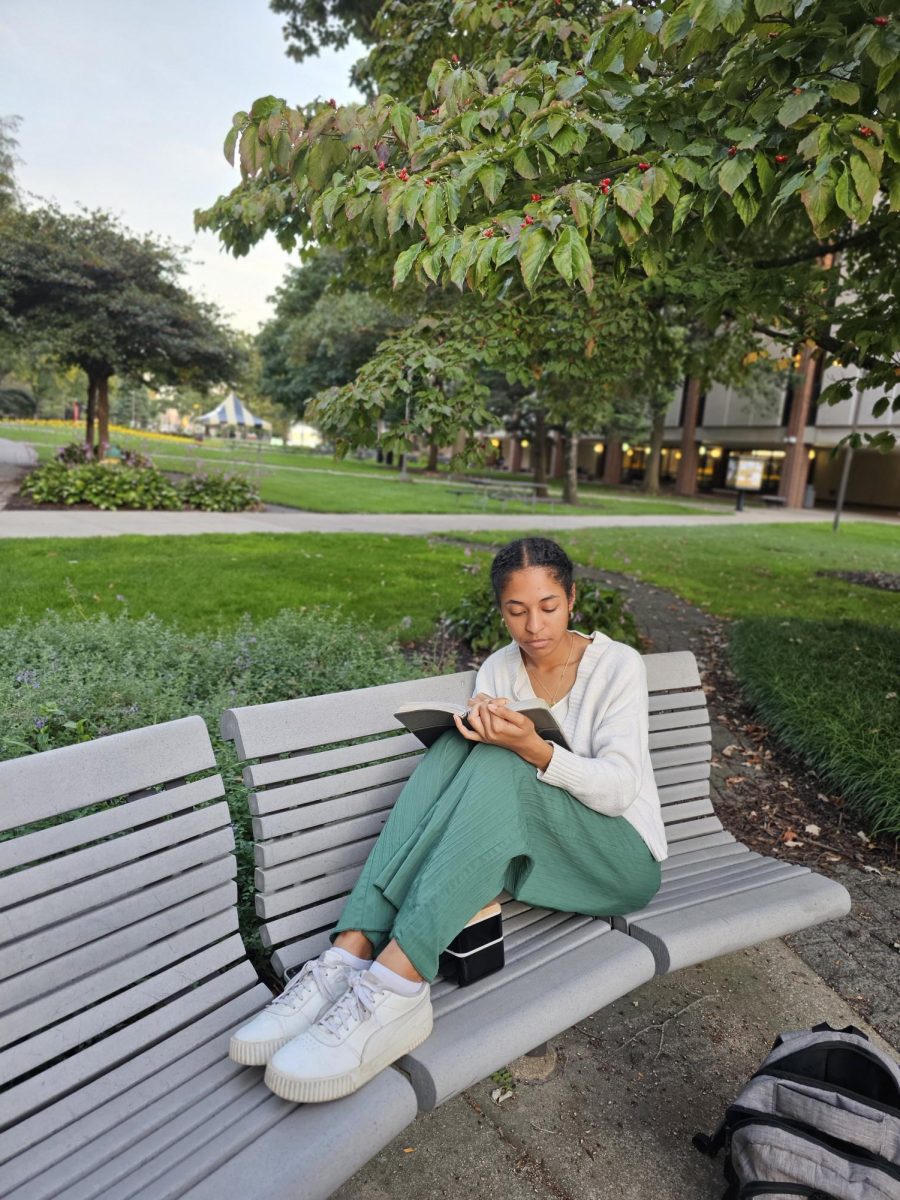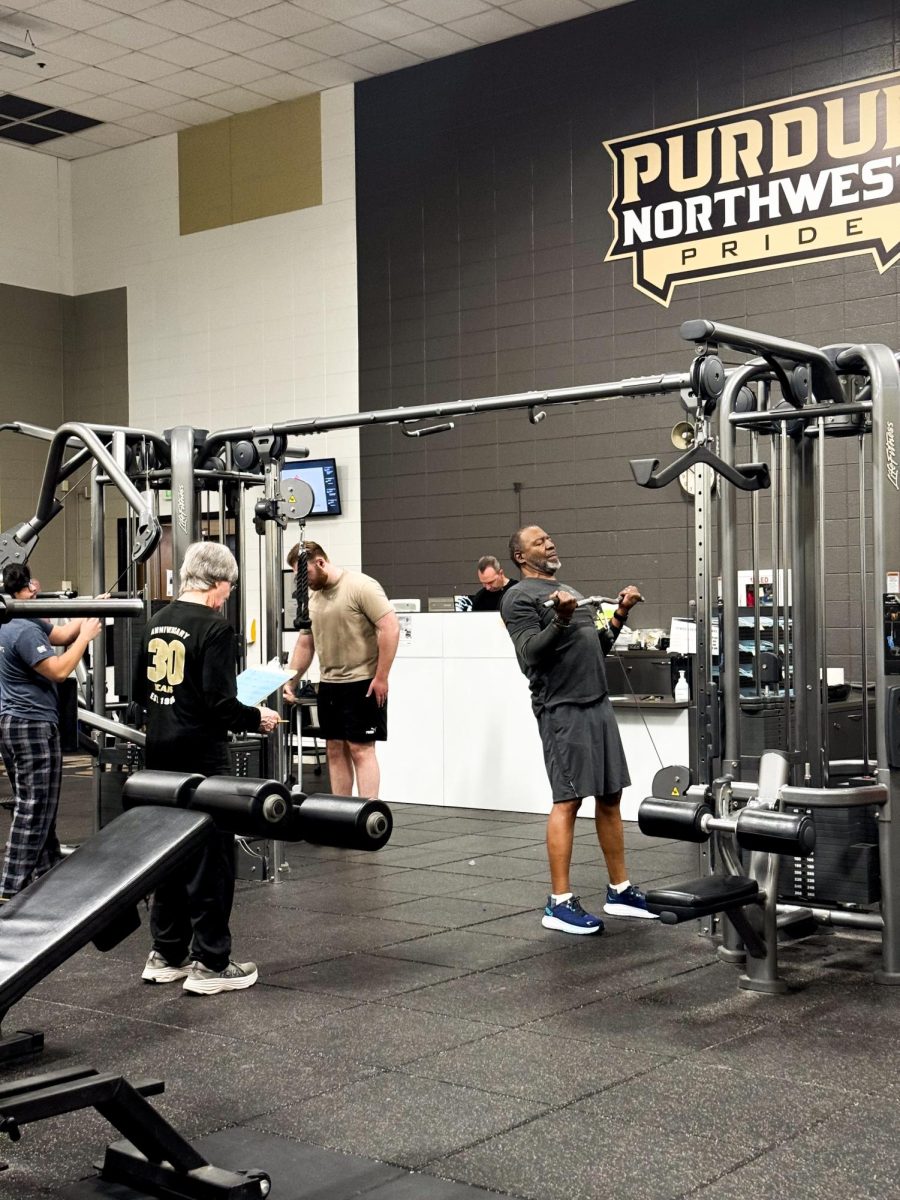The makeover of CLO launches a PNW renovation initiative designed to repurpose campus space and enhance students’ experiences.
Declining enrollment and inflated operating costs led to the initiative to help control costs while improving spaces for students.
“Purdue Northwest … has too much space to maintain at accepted levels,” said Jacob Lenson, assistant vice chancellor for Campus Planning, Infrastructure and Facilities. “Our focus was to divest from antiquated, useless spaces and invest in new spaces.”
The university’s renewal plan was approved by Purdue trustees in 2022 to make the most of PNW’s space…
“The CLO building renovation will provide … socialization and collaboration space that doesn’t currently exist in the current campus space inventory,” said Lenson.
The restoration was designed to create open, comfortable spaces for students. The most visible is the wide-open, welcoming “Mane Zone” entry area, where students can study and socialize.
To determine what to do with its space, the university hired Ayers Saint Gross, from Baltimore, the same architectural firm that renovated Ball State University’s David Letterman building. The company assessed PNW’s campus and developed a 10-year renewal plan. The multi-year project will consist of four phases.
“This is not a billed plan. Rather, the master plan can be described as an overall campus development assessment,” said Lenson. “The plan is flexible, allowing us to make informed decisions based on strategic needs.”
The renovation of CLO was part of the design phase that included new locker rooms for the men’s and women’s basketball and soccer teams at the Fitness center. The total cost of phase 1 was: $1.5 million.
The second phase of work is estimated to cost $2 million.
“I have the best job at the university,” said Lenson. “My job requires me to think about what the campus could and will be in the future and be an intricate part of the institution’s investment in students’ success.”
‘I’m 100% positive the plan, which is driven by data, will meet the needs of the modern student, by creating effective spaces that are student-centered and conducive for real-world careers,” he said.





